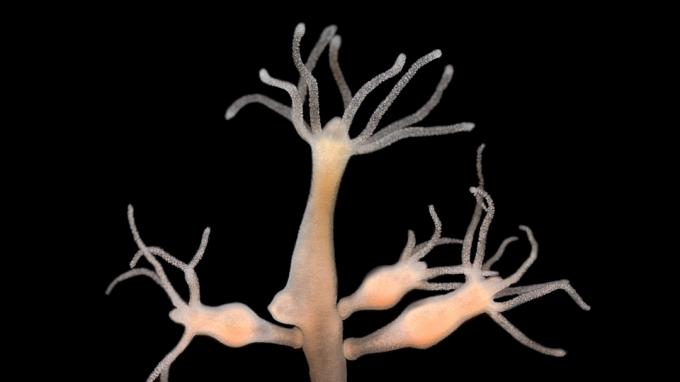Among the many aspects presented by the Northeast Region, the one that stands out the most is the drought, caused by the lack of rain, causing poverty and hunger.
Based on this theme, it is important to understand the factors that determine the region's climate, especially in the Sertão sub-region, the region that suffers most from drought.
The northeastern hinterland has the lowest incidences of rain, at the national level. The restricted presence of rain in this area is basically caused by the type of air mass combined with the relief, which often prevents hot and humid air masses from acting on the site, causing rain.
In the south of the Sertão, rains rarely occur between October and March, these are caused by the action of cold fronts with a polar characteristic that present themselves and act in the Southeast. The other areas of the Sertão have their rains caused by the trade winds coming from the northern hemisphere.
In the Sertão, rains occur between December and April, however, in certain years this does not happen, causing a long period without rain, thus causing drought.
The prolonged droughts in the Sertão Nordestino are often caused by the rise in the temperature of the waters of the Pacific Ocean, this warming is called by the scientific class of El Niño, in the years when this phenomenon occurs, the Sertão suffers from the intense dry.
The long drought causes a series of damages to farmers, such as loss of crops and animals, the lack of productivity caused by the drought causes hunger.
Vegetation
In the Sertão and Agreste the type of vegetation that is present is the caatinga, the predominant climate is the semi-arid, this type of vegetation is adapted to the scarcity of water.
Some species of plants from the caatinga have the ability to store water in the stem or roots, others they lose the leaves so as not to reduce the humidity, all with the same purpose, to save water for times of drought.
Temporary or seasonal rivers
The rivers that are located in the Sertão areas are influenced by the semi-arid climate, so there is no great incidence of rain.
Most of the Sertão and Agreste rivers are characterized by temporary rainfall, which means that in periods without rain they dry up, however, as soon as it rains, they fill up again.
In the aforementioned regions, it is common to build dams and dams as a means of storing water to withstand periods of drought.
Eduardo de Freitas
Graduated in Geography
Source: Brazil School - https://brasilescola.uol.com.br/brasil/a-seca-no-nordeste.htm


